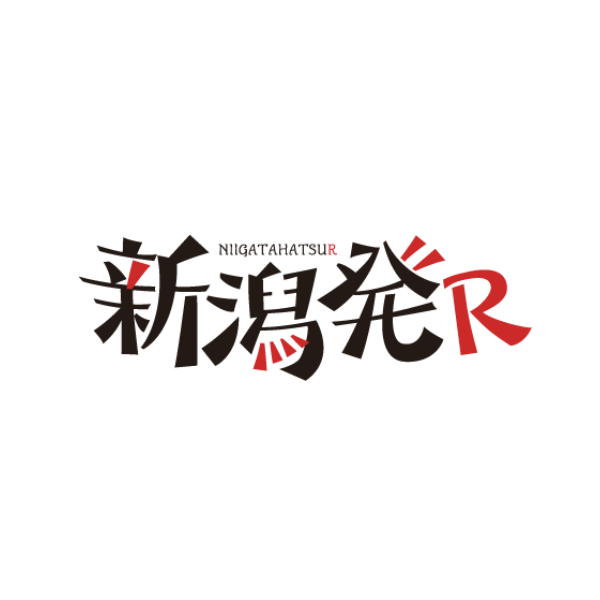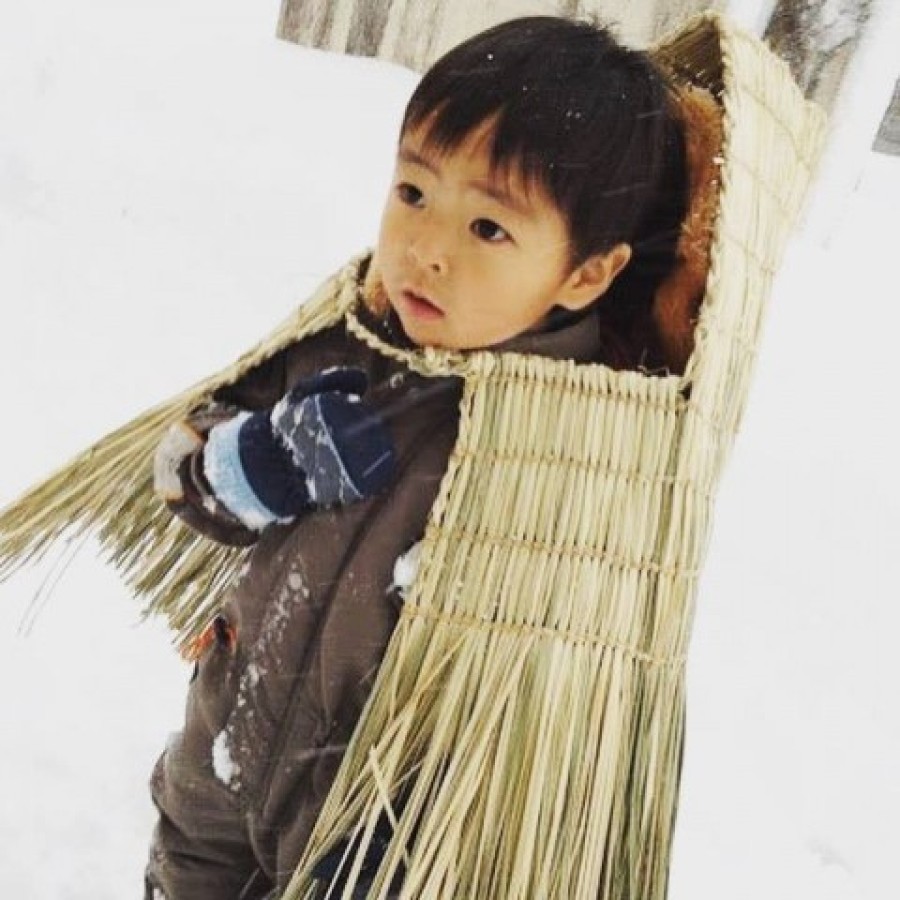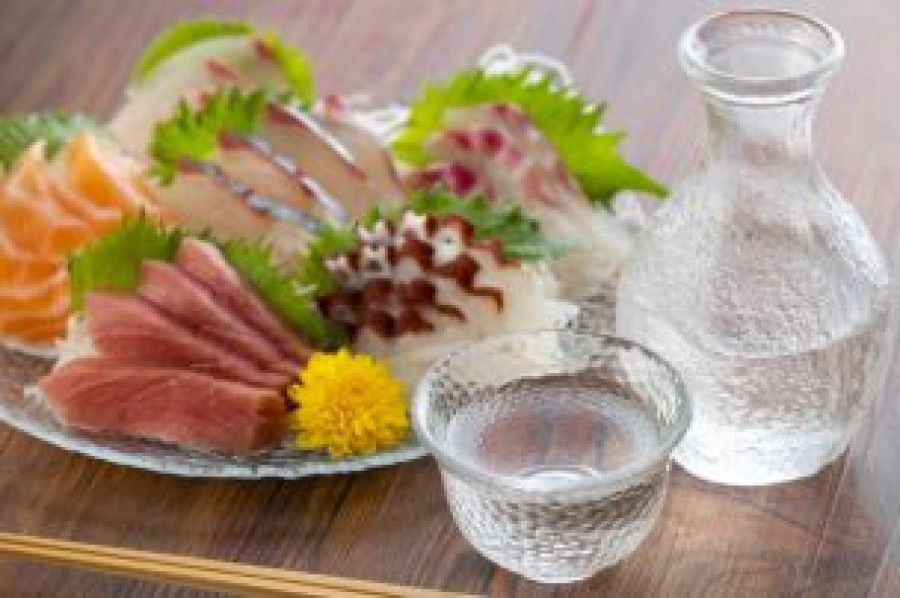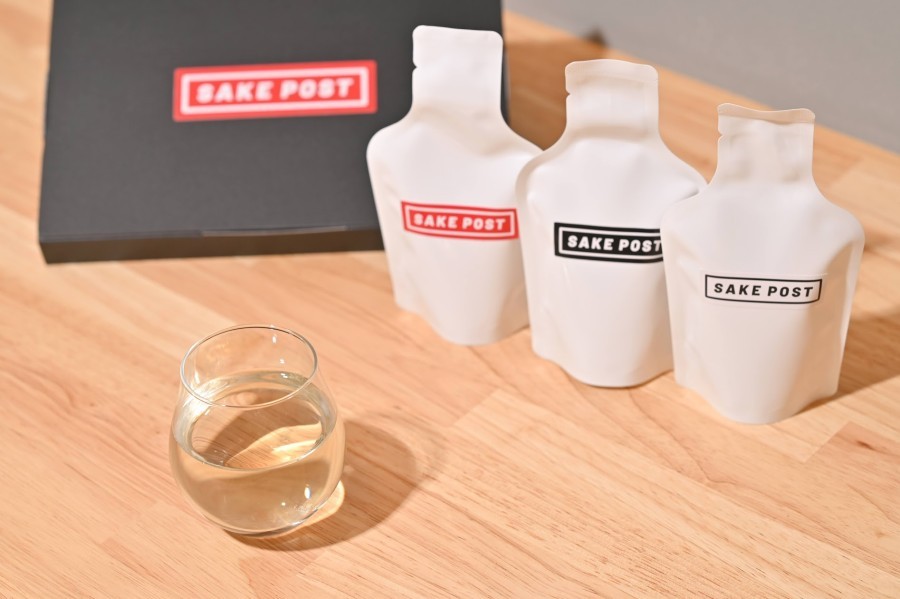- From 'Niigata hautsu R2022 Summer, Issue 19: DAICHI of Sado, MEGUMI of Daichi'.
- 取材・文=髙橋真理子 撮影=スタジオママクワンカ
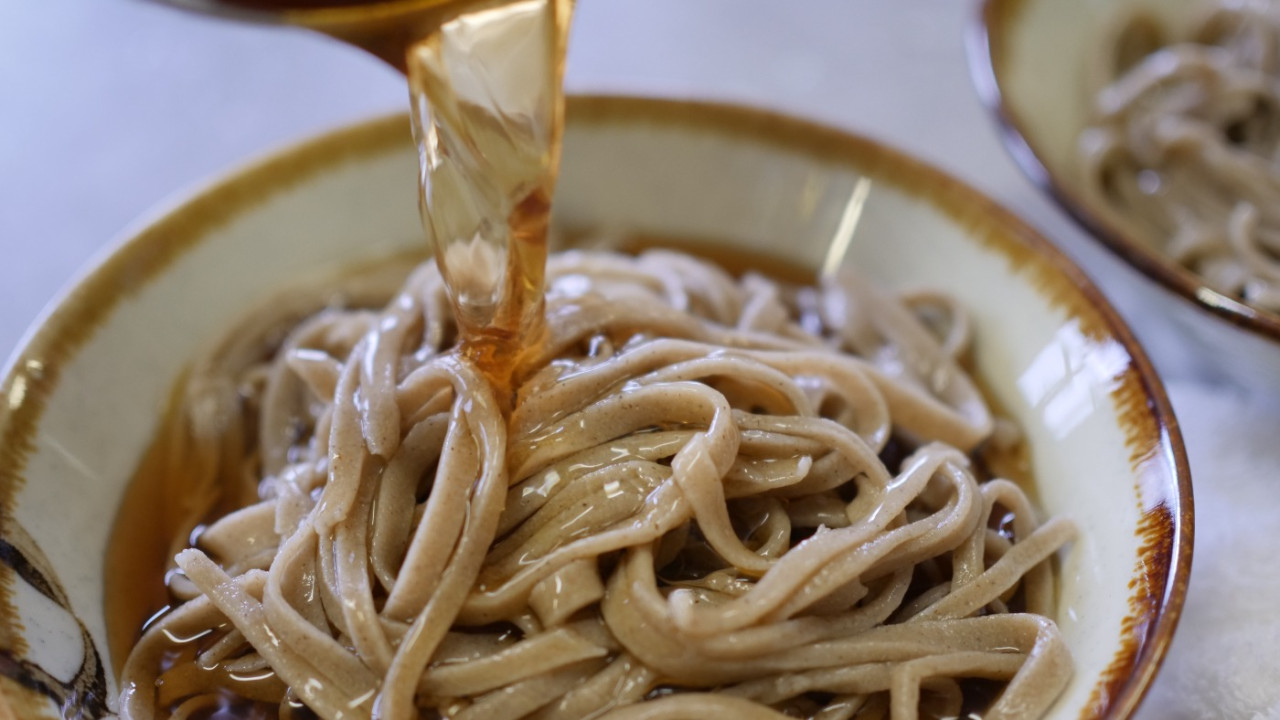
漁師町の伝統の技と味、焼きあご
佐渡では古くから、荒れ地や山畑を利用してそばを栽培していた。島のそばの特徴の一つが、つゆに焼きアゴのだしを使うことだ。
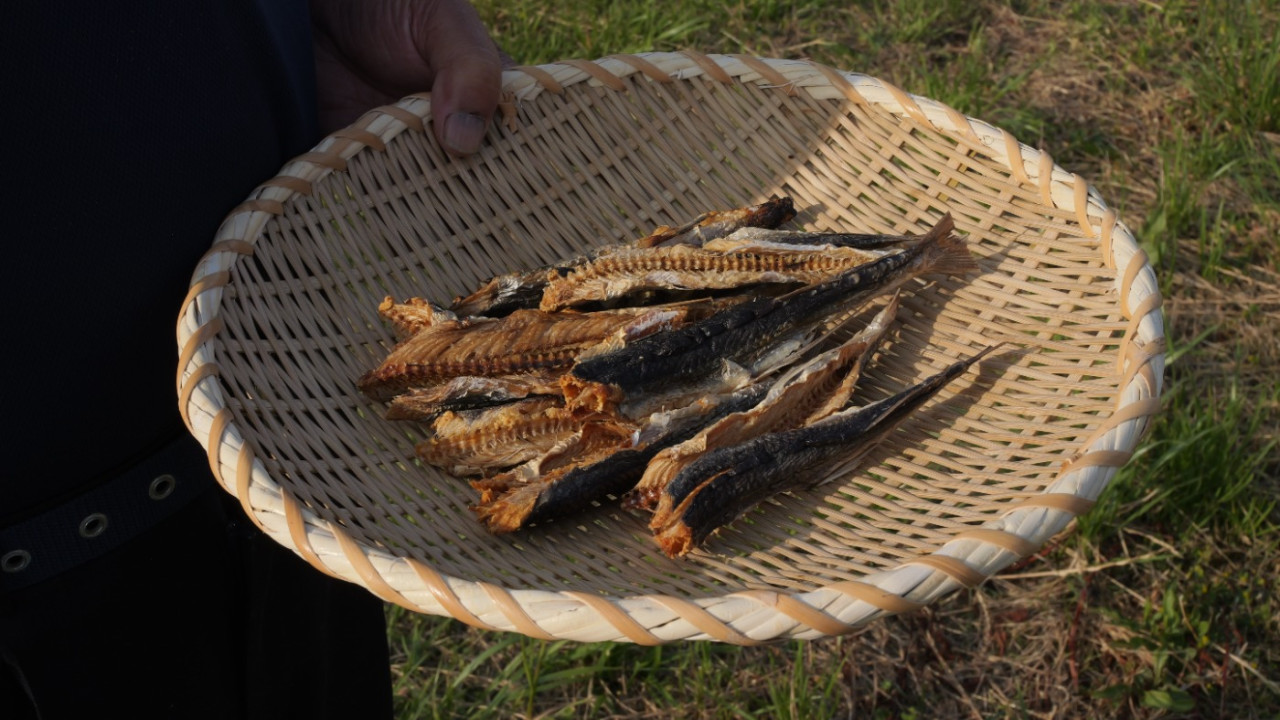
アゴとはトビウオのこと。トビウオは南方の海から対馬海流に乗って、6月から8月中旬に佐渡沿岸域を通る。そのときに定置網で漁獲する。漁師町であるMANO地区のTOYOTA集落は焼きアゴ作りが盛んで、かつては10 軒ほどが作っていたが、現在は1軒に。焼きアゴを作るKANTARO HONMAさんを訪ねた。
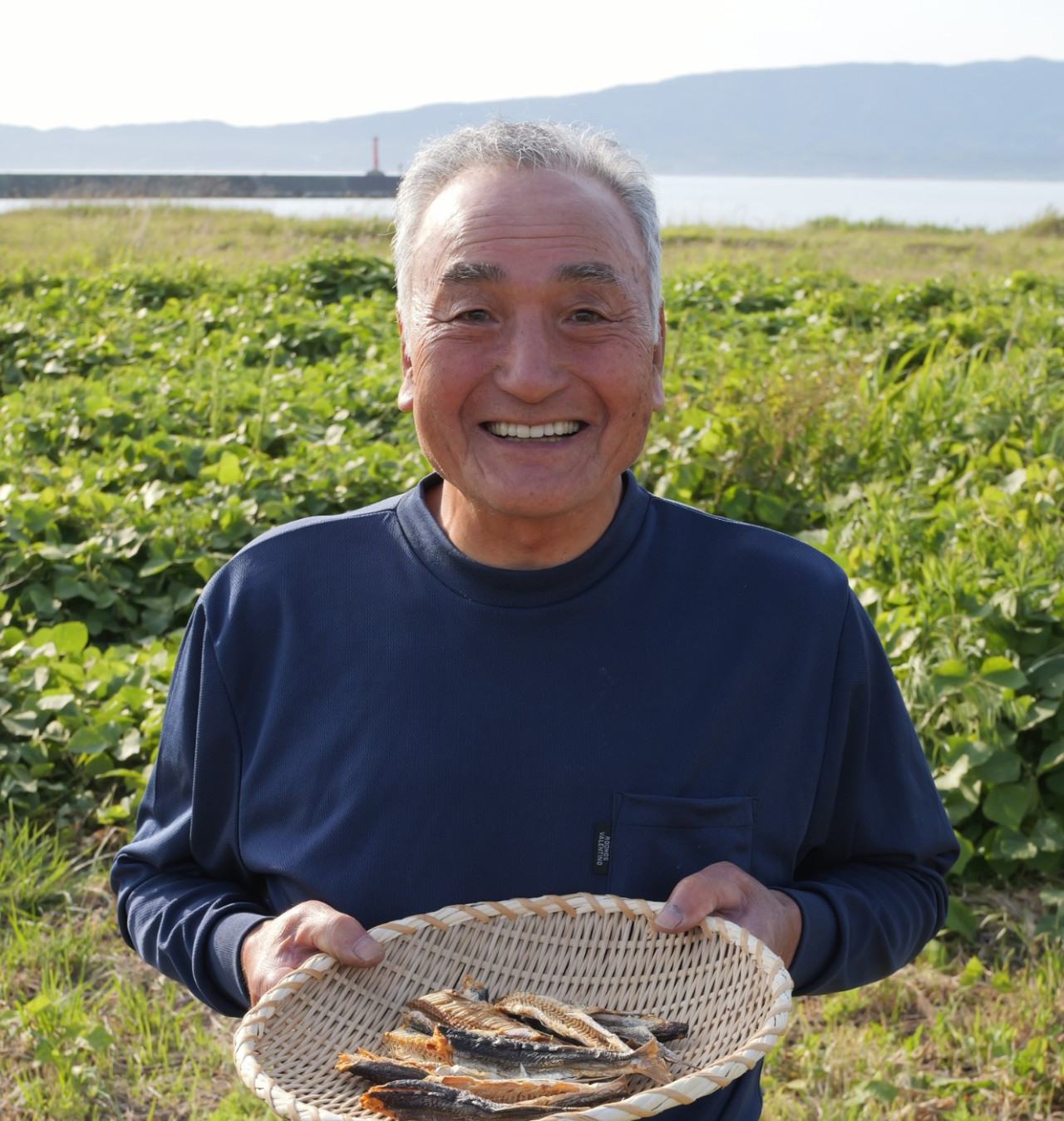
「今日は大漁だった」と、本間さんがキラキラ輝くトビウオを見せてくれた。
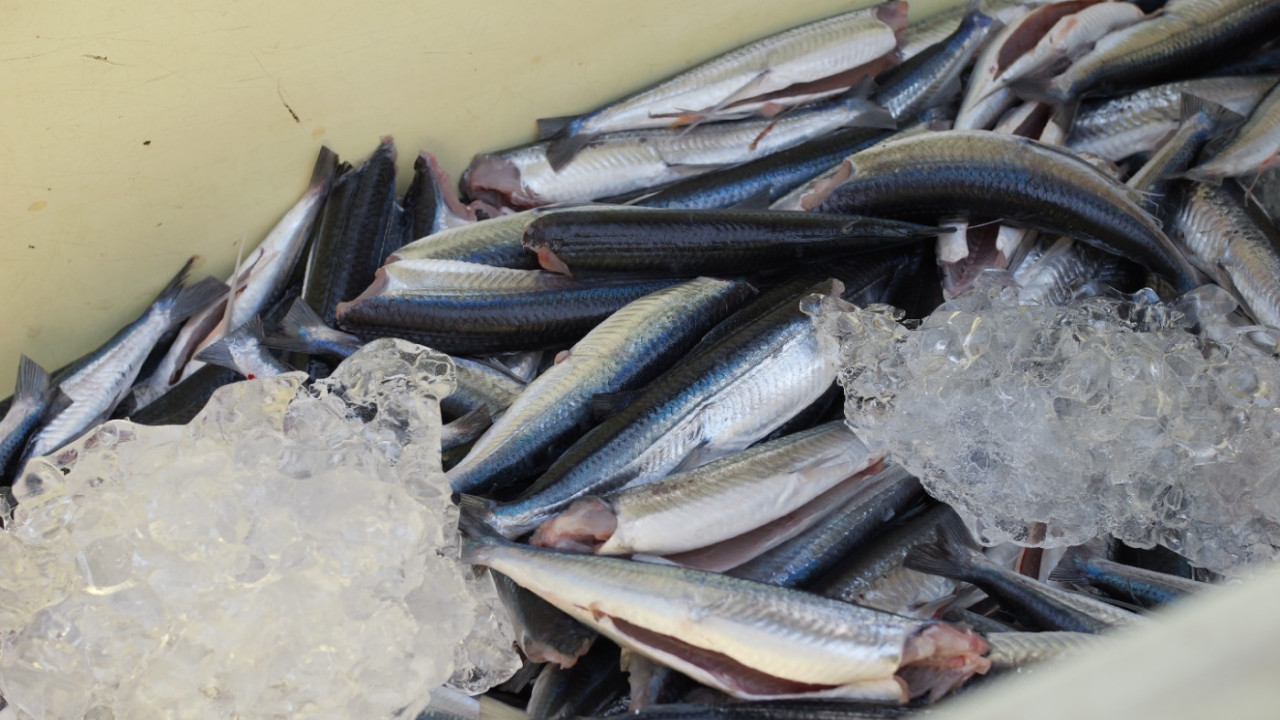
There are two types of flying fish caught on Sado Island: the tsukushitobi fish, which has a square abdomen and is called kakutobi, and the hosotobi fish, which is rounded and called marutobi, and marutobi is used for grilled jaw. Mr Homma, who was a fisherman after graduating from junior high school, started making grilled sardines about 40 years ago. His grandmother, Mihee, taught him how to make them, and the two of them made them together until her death in 2009.
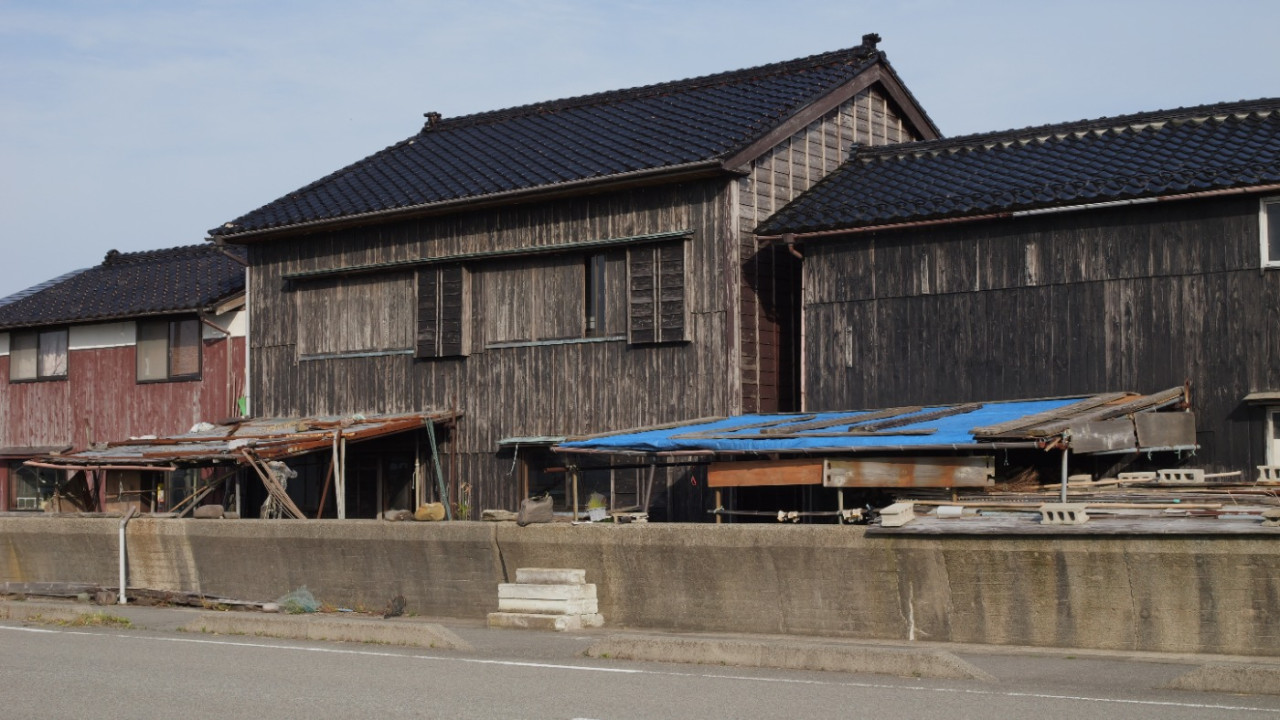
The restaurant closed more than 10 years ago, but there were two soba shops in Toyota for a long time and they started making yaki-ago for their soup," she told us about her roots. The practice of making yaki-ago began around 1940, when Mihe married into the family, and gradually the popularity of ago-dashi began to grow.
The work is done late at night to ensure freshness. The fish is grilled on bamboo skewers and 'grilled over a beda (firewood)', says Mr Honma.
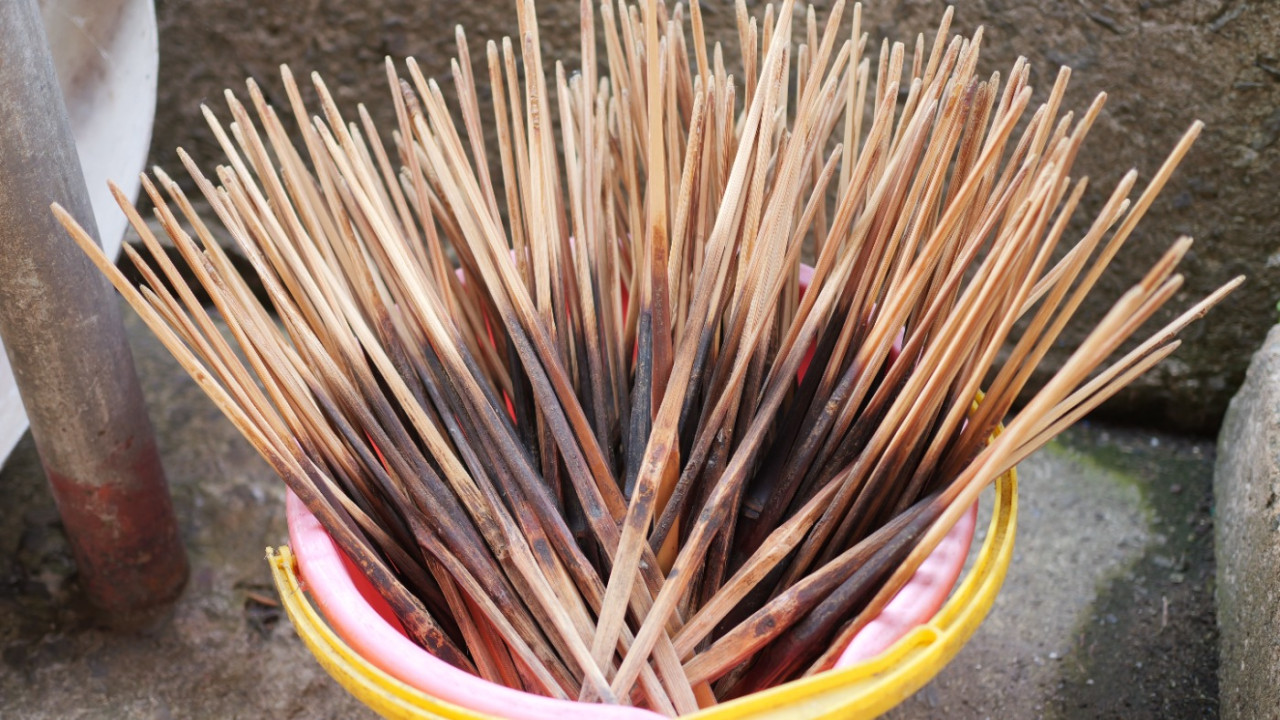
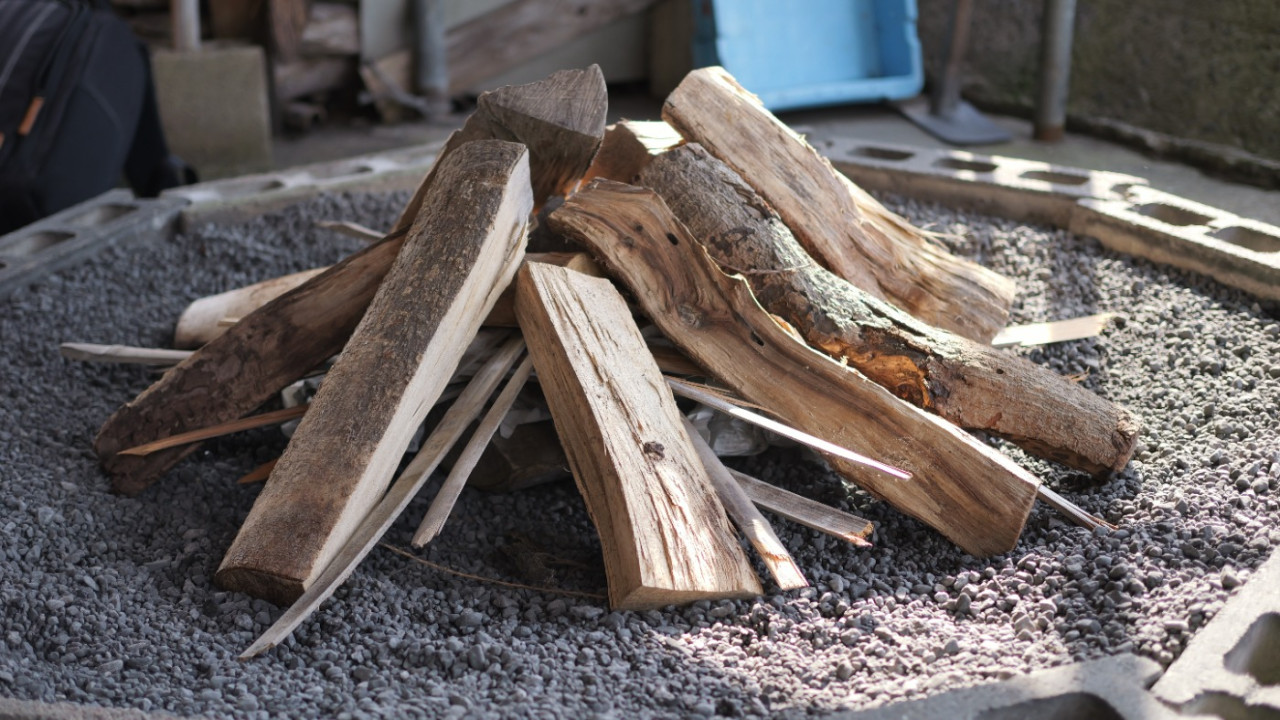
Some manufacturers use frozen products, but Mr Honma insists on fresh. The taste goes down when frozen," he says. He knows this from his experience as a fisherman. Compared to sardine and dried bonito, grilled dried fish has less fat and is more refreshing. That is why it goes well with soba. Last year, due to poor catches, it was not possible to make yaki-ago (grilled sardines). Kantaro hopes for a good catch this year.
advertisement
Island soba culture to be preserved
The 'Food of Sado' page of Kikisho Niigata no Meal (Noobunkyo), a collection of dietary habits from the end of the Taisho era to the Showa era, includes a harsh explanation: 'A riririki (respectable) wife can make a good soba cutter, but if she makes one that breaks easily, she is called a shotare (lazy) wife'. Indeed, whenever I have covered soba on Sado Island, there has always been a masterful mother who is respected by the people around her, saying, "This is a master soba maker. I was very impressed by her excellent skills.
The cut soba is called 'soba-kiri' and is usually boiled, then soaked in water and cooled, but there is also a way of eating soba called 'yude-age', where the boiled soba is placed directly in a bowl and served with dashi (soup stock).
In the Mano area, there is 'soba-dojo', which is buckwheat noodles cut into loach-thick slices, boiled and served with a salted starchy sauce, while in the Akadomari area, there is 'senzo-bo (soba)', which is buckwheat noodles topped with shredded radish, fried and dressed with sesame seeds.
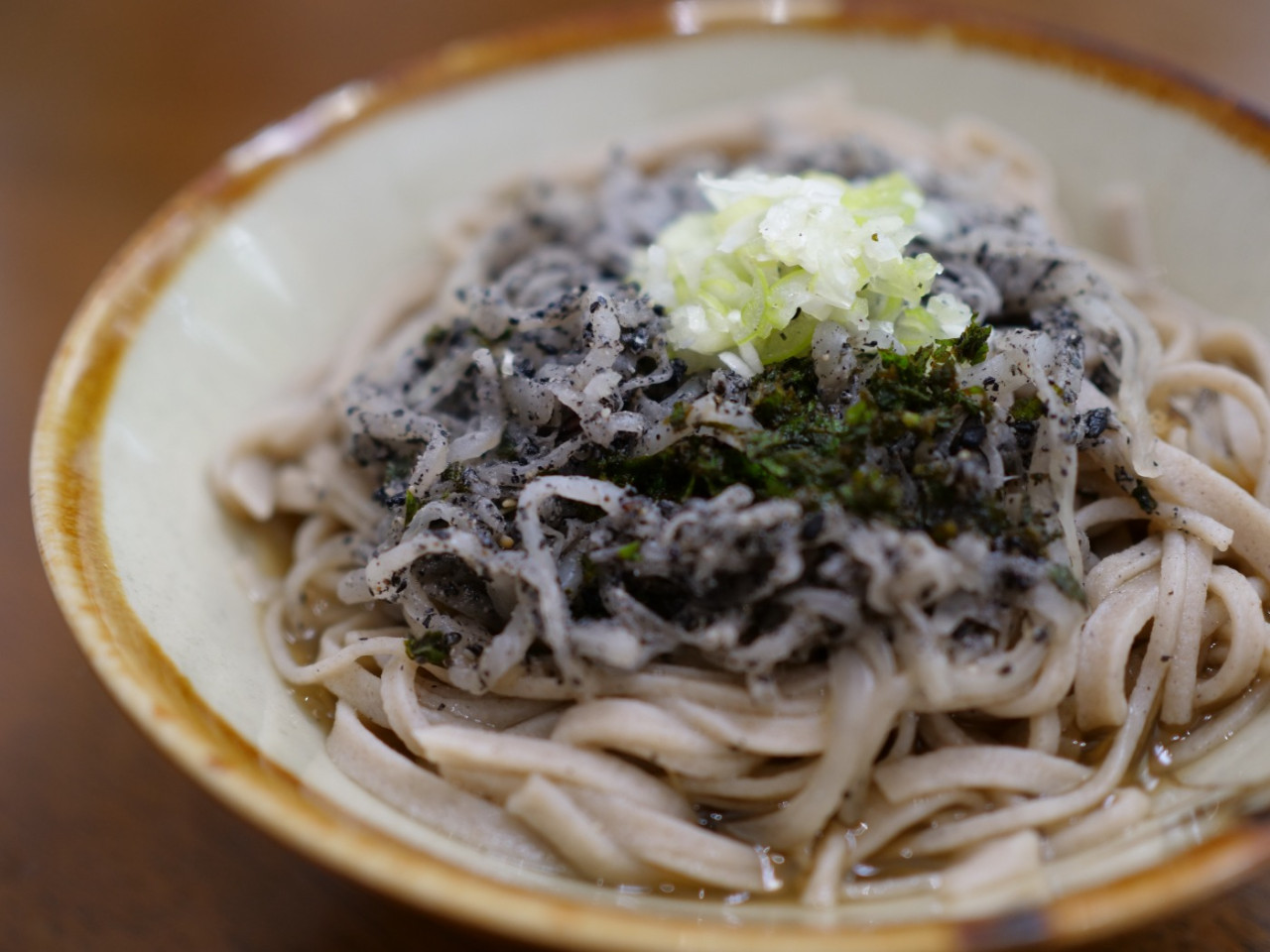
Both of these dishes are now eaten less and less, but I hope they will be passed on to the next generation as important local dishes.
advertisement


